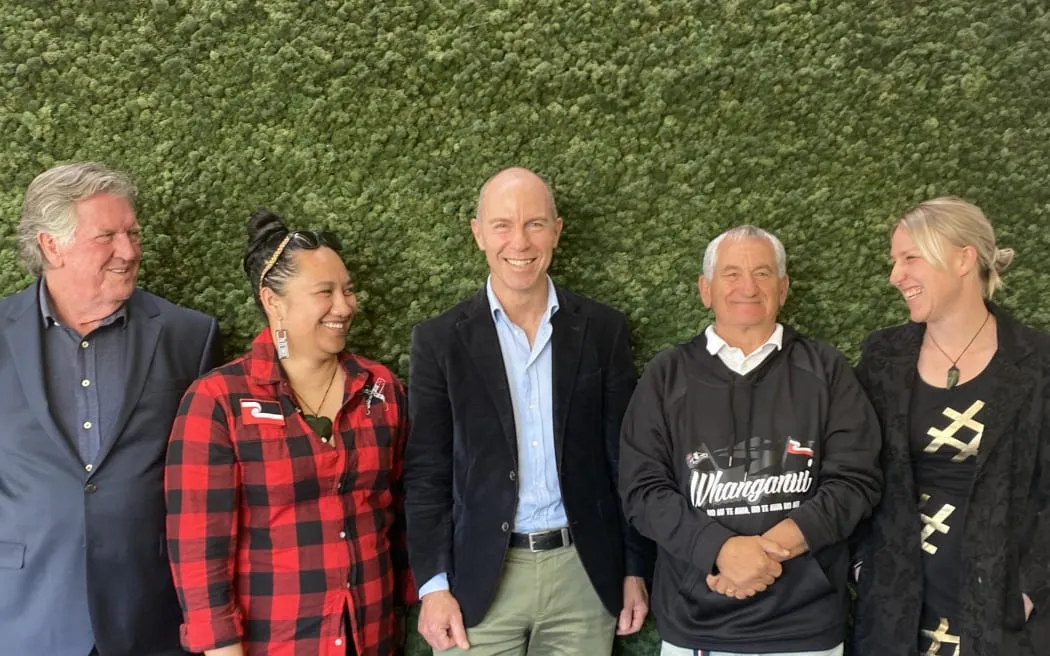A World-First Partnership: Whanganui District Council and Māori Come Together
The Whanganui District Council is on the cusp of a historic partnership between itself and Māori, marking what could be the world’s first indigenous-council collaboration. This groundbreaking initiative aims to establish a new framework for working together, centered around local needs and solutions.
The Context: Treaty Settlement Negotiations
Treaty settlement negotiations between the Whanganui Land Settlement Negotiations Trust (WLSNT) and the Crown are nearing their conclusion. As part of this process, WLSNT is proposing a platform for joint work between the council and Takapau Whariki, the post-settlement governance entity for the settlement.
A New Era of Collaboration
The proposed partnership involves three key components:
* Adopting a legally binding iwi-council relationship agreement, Te Tomokanga ki Te Matapihi
* Establishing a joint Statutory Reserves Board, Ngā Tūtei a Maru
* Agreeing to establish a charitable trust, Toitū te Whānau
These proposals aim to create new opportunities for collaboration and co-governance between the council and Māori.
Public Engagement and Community Input
To ensure that this partnership benefits every individual in Whanganui, the council has opened a two-month engagement period. During this time, community members can provide feedback on the proposals through an online survey or by attending one of the panel discussions.
The first panel discussion will take place on 9 December at 11am and 5.30pm. These sessions are free and open to the public, offering opportunities for questions and discussions with key stakeholders.
Mayor Andrew Tripe emphasized the unprecedented nature of this partnership, saying, “This initiative represents an unprecedented opportunity, a world-first indigenous-council partnership that benefits every individual.”
A Unique Opportunity
Tripe also highlighted the significance of this initiative, stating, “The shift into the post-settlement era for Whanganui hapū/iwi provides a unique opportunity for the council to embark on new ways of working that will centre on local needs and local solutions. We see great potential.”
The council’s decision-making process is expected to be transparent, with livestreaming on the Facebook page and a survey available for community feedback.
Conclusion
As Whanganui District Council prepares to embark on this historic partnership, it marks an exciting new chapter in its relationship with Māori. The proposed collaboration has the potential to transform the way services are delivered, creating more inclusive and responsive governance for all residents. By engaging with the community and providing opportunities for feedback, the council is taking a proactive approach to ensuring that this partnership benefits everyone involved.

0 Comments